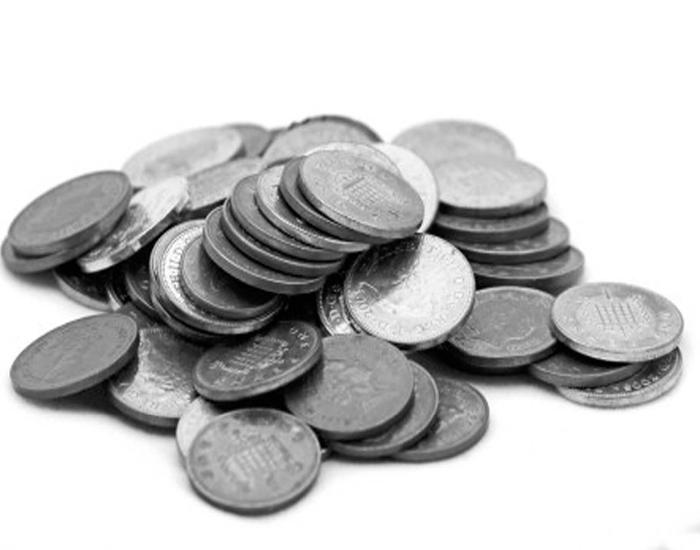If I were like many other people offering personal finance advice, I would tell you that the best way to save your money is to make a budget and say something like, “It’s so easy. Just keep track of every penny you spend and you’ll save money.” While this sounds good, the truth is that most of us would rather start putting together our SAGES portfolio than keep track of pennies.
Personal finance is just as much about psychology as it is numbers and information. It is important to remove the tedious acts that everyone despises like budgeting and cutting all your expenses. A system where you can consciously spend on the things you enjoy while cutting costs on other areas is much more sustainable than partaking in the painful process of monitoring every small expense.
Before you create and use your conscious spending plan, you need to understand the idea of frugality. Frugality is vastly different from being cheap. A cheap person will try to save money on everything, keep track of how much each of their friends owes them, and meanwhile go insane. A frugal person will understand that there are specific items they really enjoy and spend their money on those, while cutting their expenses on other things.
For example, if you have high standards for living and want a nice apartment to hang out in, focus on spending your money on that particular want. If you love to travel, do it. If you really enjoy the Caramel Apple Spice that shows up in Starbucks this time of year, go crazy. However, you must simultaneously be frugal with regard to other expenses. Do not buy a new car right out of school if it is not absolutely necessary. Pack your lunches. Do not pay for a gym membership that you will use twice a month.
Now that you understand the importance of having a frugal mindset, let us dig in to how a conscious spending plan works. For the purposes of this plan, imagine that you are working at your first job out of school and making $36,000 per year after taxes ($3000 per month). This plan involves four major areas where your money will go into:
1. Fixed Costs: This includes rent, utilities, payments on student loans, and other monthly, predictable costs. Approximately 60 percent of your take-home pay will go here ($1800 per month).
2. Long-Term Investments: This includes payments into your 401(k) and Roth IRA accounts. It is a good idea is to put 10 percent of your income here ($300 per month).
3. Short-Term Savings: This is your savings for travel, Christmas gifts, a new car, and various unexpected costs like car problems. Put 10 percent of your income into short-term savings ($300 per month).
4. Spending Money: This is where your conscious spending comes in. Use this to dine out, buy shoes, go to bars, etc. Put the remaining 20 percent of your money into this area ($600 per month).
This model is perfect for young people who want to go out with friends frequently while saving money by keeping fixed costs down, such as renting an affordable apartment instead of buying a house. As you grow older, you will likely need to put a greater percentage into fixed expenses and savings in order to accommodate for marriage, a house, kids, and a midlife crisis.
The idea here is that your income is deposited into these different areas without you ever seeing it. Create an envelope system with which you have a different envelope for different expense categories (rent, going out, new shoes, etc). Once you spend the money in that envelope for that month, you are done. You can use Microsoft excel, mint.com, or physical envelopes to keep track of this. While this might sound restrictive, it actually increases your freedom because you can spend the entirety of your spending money guilt free instead of keeping track of every expense and wondering if it is hurting your other investments.
The most important part of this conscious spending plan is to spend money guilt-free on the things you love while cutting costs on the things that do not matter. After all, you do not get rich by spending money like a rich person.


